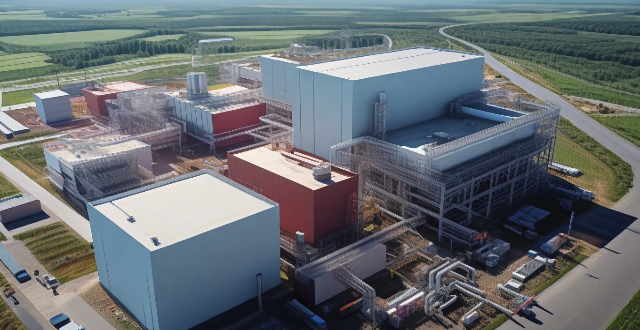Automation has significantly impacted the manufacturing industry by increasing productivity, reducing costs, enhancing safety, and providing flexibility. It has also led to improved data collection and analysis but has shifted labor force needs and raised environmental considerations.

Automation and Its Impact on the Manufacturing Industry
Automation has revolutionized the manufacturing industry in numerous ways, enhancing productivity, efficiency, and safety while reducing costs. Here's a detailed look at how automation has changed this sector:
Increased Productivity and Efficiency
- Faster Production Times: Automated machines can work around the clock without breaks, significantly speeding up production times compared to manual labor.
- Precision and Quality Control: Automation ensures consistent quality by eliminating human error, leading to fewer defects and waste.
Cost Reduction
- Reduced Labor Costs: Although initial investments in automation can be high, long-term savings are achieved through reduced dependency on human labor.
- Lower Waste and Defect Rates: Fewer errors mean less waste, which translates into cost savings for manufacturers.
Enhanced Safety
- Risk Mitigation: Automation removes humans from dangerous environments, reducing workplace injuries and improving overall safety.
- Ergonomic Benefits: By taking over repetitive or physically demanding tasks, automation helps prevent work-related musculoskeletal disorders among human workers.
Greater Flexibility and Scalability
- Adaptable Systems: Automated systems can often be reprogrammed to accommodate changes in product designs or manufacturing processes.
- Scalability: Manufacturers can easily scale up or down production based on demand without worrying about hiring or laying off staff.
Improved Data Collection and Analysis
- Real-Time Monitoring: Automated systems collect data throughout the production process, allowing for real-time monitoring and immediate adjustments when necessary.
- Big Data Analytics: The vast amounts of data generated by automated systems can be analyzed to identify trends, optimize processes, and forecast maintenance needs.
Shift in Labor Force
- Skilled Workforce Needs: As automation becomes more prevalent, there is an increased demand for workers with technical skills to maintain and operate advanced machinery.
- Job Displacement: Some jobs that were previously performed by humans may become obsolete, leading to displacement and the need for retraining programs.
Environmental Considerations
- Energy Efficiency: Automated systems can be designed to use energy more efficiently, reducing environmental impact.
- Resource Optimization: Precise control over materials usage minimizes waste and conserves resources.
In conclusion, automation has transformed the manufacturing industry by boosting productivity, reducing costs, improving safety, and providing flexibility. However, it also presents challenges such as workforce adaptation and potential job displacement. As technology continues to advance, it will be crucial for manufacturers to balance these benefits and challenges effectively.